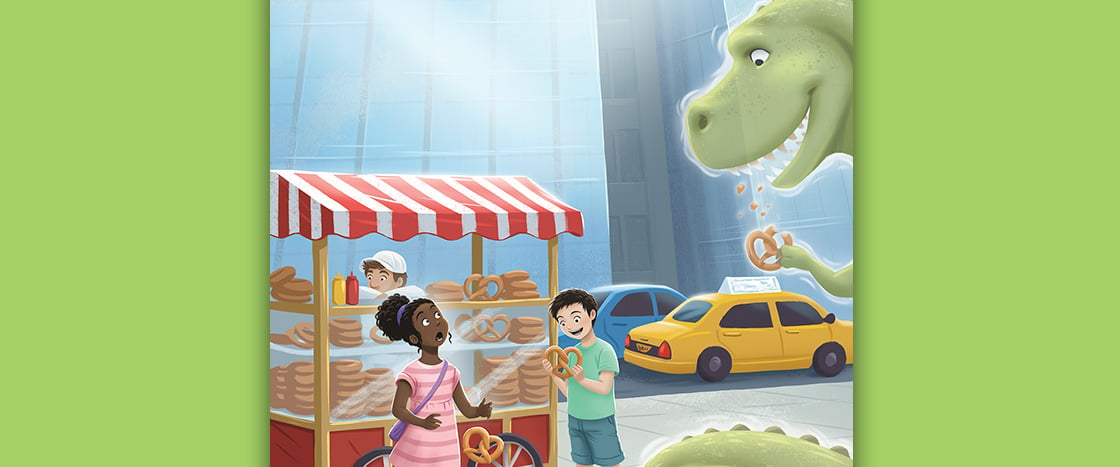Dinosaurs walked here once.
Here, right here, on the site of this street,
they’d stamp along, and the slabs of their feet
were as wide as a car, crushing, crashing
a road through the reeds. Then, striding and splashing,
they’d thud in the mud of the deep green pool,
there, by the goldfish pond in our school,
and they’d clomp in the swamp under new-forged skies
where now the cold gray concrete lies.
Or they’d stop, by the shop where we go for our snacks,
and with mouths gaping wide they’d commence their attacks.
Claw-jaw clash as they leapt on their prey,
who’d go desperately darting and dashing away.
Lords of the land, they were. But no more.
All there is now is the thunderous roar
of indifferent traffic, speeding on by.
The reeds are gone. The swamp is dry,
leaving only a puddle on paving stones.
Nothing remains. Not even bones.
But dinosaurs walked here,
once.

